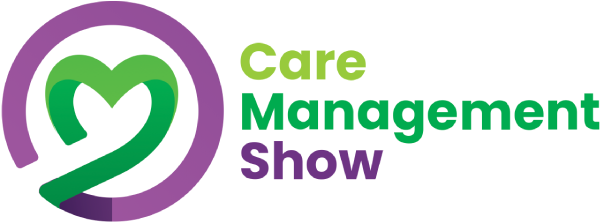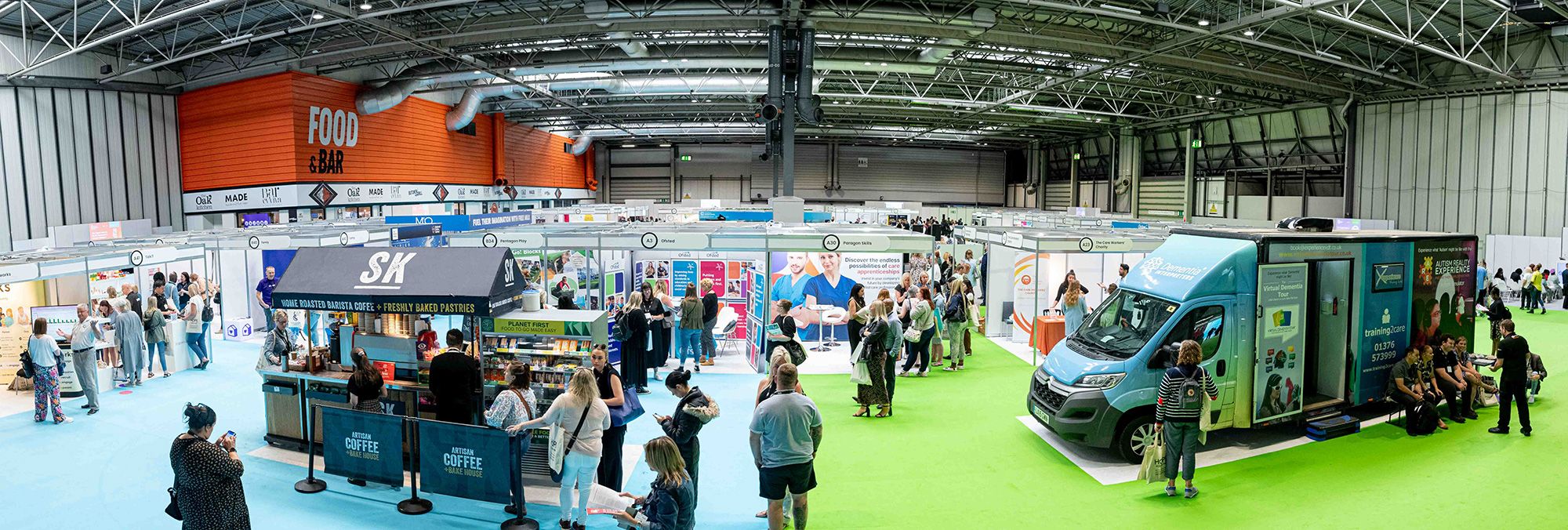How care providers can build relationships with local media
)
In today's interconnected world, effective communication is paramount for care providers. Whether you're a residential care home, home care provider, or an organisation providing community care services, local media can amplify your message, enhance your reputation, and attract much-needed attention to your services – both from a potential customer and employee point of view.
Key to this is cultivating a good relationship with journalists in your local media. As a journalist, I’ve had some great relationships with organisations, and they were a joy to work with. Others less so.
So how do you go about approaching your local media, and building a relationship with journalists and reporters?
Understanding how a journalist thinks and how they operate helps. We aren’t as scary as some make out, and when I was reporter for The Shropshire Star and Blackwood Times, I wanted to hear from local businesses and organisations, and know what was happening on ‘my patch’ – and ideally before the rival local media outlets!
But I also knew what I needed to do my job – that is of telling timely, relevant stories which are of genuine interest to my media’s audience.
Here are some tips to help you build relationships with your local media:
Know your local media
Research your local newspapers, radio stations, television channels, online news outlets, podcasters and more. Familiarise yourself with content, styles, and the types of stories covered. Look for outlets with content that aligns with your service provision or your organisation as a local business.
Research journalists
Once you’ve identified key media outlets and their content, research potential contacts. The best way to contact journalists now is via email, and once a relationship has been built, they will tell you the best way to contact them.
If you are contacting them for the first time, there is usually a general news email and/or phone number on their website, or you could try reaching out on social media.
When contacting a journalist directly, make sure you spell their name correctly, and if you are sending a press release to several media outlets, personalise the email.
Be prepared: create a media kit
Don’t assume the journalist will know your organisation or your service, particularly if it’s the first time you are contacting them. Be prepared for questions. Having a media kit will pre-empt some questions, and should include:
- Named media contact in your organisation: This person can streamline communication and ensure that enquiries are handled efficiently. (Also, make sure you brief staff that any media enquiries should be directed to this person.)
- Fact sheets: A brief overview of your organisation, services and mission.
- Bios: Background information on key staff, particularly those with expertise to share.
- Photos: Have a stock of high-quality images, showcasing your staff and care services in action. Be mindful of who’s in the image, and ensure you have the correct permissions in place for publicity use.
Develop relevant stories
Once you know your local media, develop stories that will be of interest to their audience. For instance, stories about people who use your services, staff and volunteer activities can make interesting human-interest stories. Other stories can be created by putting a local slant on a national news story, or showcasing your innovative care activities, and any new technology and sustainability features you’ve installed.
Visiting local dignitaries, MPs or celebrities offer good photo opportunities, as do animals!
Create engaging press releases
Journalist inboxes can get crowded, and the principle of the three-second rule to grab attention reigns in newsrooms, particularly when there are impending deadlines.
Write a good header that entices the journalist to read on. Your press release should have the main crux of the story in the first paragraph, followed by context and supporting relevant information. Also include quotes from relevant people.
Ensure the copy is well written, grammatically correct and free of typos. My personal bugbear is receiving a press release with American spelling – the word organisation does not have a ‘z’ in it! And try to avoid flowery adjectives that distract from the story.
Be timely
Is your news time-sensitive? If you are holding an event or a local dignitary is visiting and you want local media to attend, send out the press release at least a week before the event so it can be scheduled into the newsroom diary. From a journalist's point of view, it’s really disappointing to receive information about a great event the following day, but your diary (and the photographer’s diary) is already full.
When a local reporter expresses interest in a story and reaches out for more information or further commentary, respond promptly. Timeliness can make the difference between being featured or overlooked, particularly when it comes to local radio and TV stations.
Say thank you
If your story is covered, be courteous and send a thank-you email. Reciprocate the publicity by sharing the article and giving the journalist/media outlet a shout-out on your social media channels.
Manage expectations
No matter how good a relationship you have with your local media, don’t expect a full-page spread, or the full 10-minute interview to be included in a broadcast news item.
Editors will choose what works best, and sometimes your story won’t be covered; the editor may decide the story wasn’t right this time round, was too old to run, or there simply wasn’t space on that day.
Bear in mind, as well as straight news, you are competing for coverage against every other organisation’s news in your region.
By communicating effectively, and providing timely, genuine content, you can build strong relationships with local media and eventually become the ‘go-to’ for the journalist when they are wanting commentary on relevant topics.
For your care service, this will translate into greater awareness, trust, and ultimately, your organisation presenting as a care service of choice.
-
)
Annie Waddington-Feather
Freelance journalist and communications consultant
Book your free ticket for Care Management Show on 27 June to hear more from Annie in the session What Not To Do With Your Marketing.


